Israel launches expanded strikes in Syria targeting military and civilian infrastructure
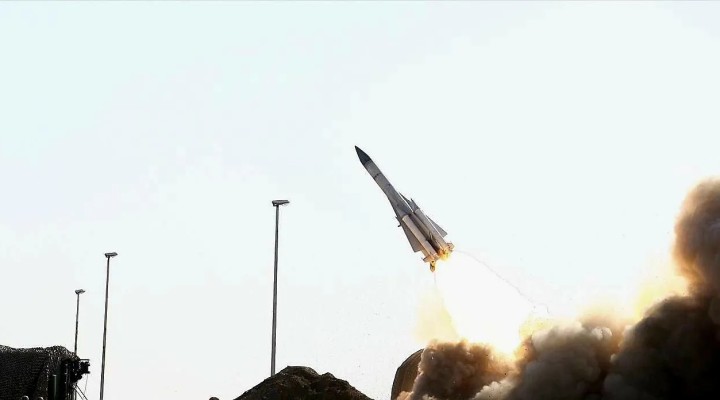
Last night Israel’s aggression against Syria took a more sinister turn
Last night at 23.20 local Damascus time Israel began one of the most extensive and destructive attacks against multiple civilian and military targets across Syria. It is described even by Zionist media as “unusual” in its ferocity and analysts in Syria have concluded that it is the most comprehensive aggression since 2011 when the regime change war against Syria began in earnest – backed by Israel, keen to break the spine of the Resistance Axis.
The assault on the night of September 8th marks a significant escalation amidst rising tensions in the region since October 7th.
Syrian Ministry of Defense Statement
According to an official statement from the Syrian Ministry of Defense, the attack began at 11:20 PM when Israeli warplanes launched airstrikes from northwest Lebanon, aimed at military installations in Syria’s central region. Syrian air defense systems were activated immediately, successfully intercepting and destroying several incoming missiles. However, the attack resulted in three casualties and 15 injuries, in addition to extensive material damage.
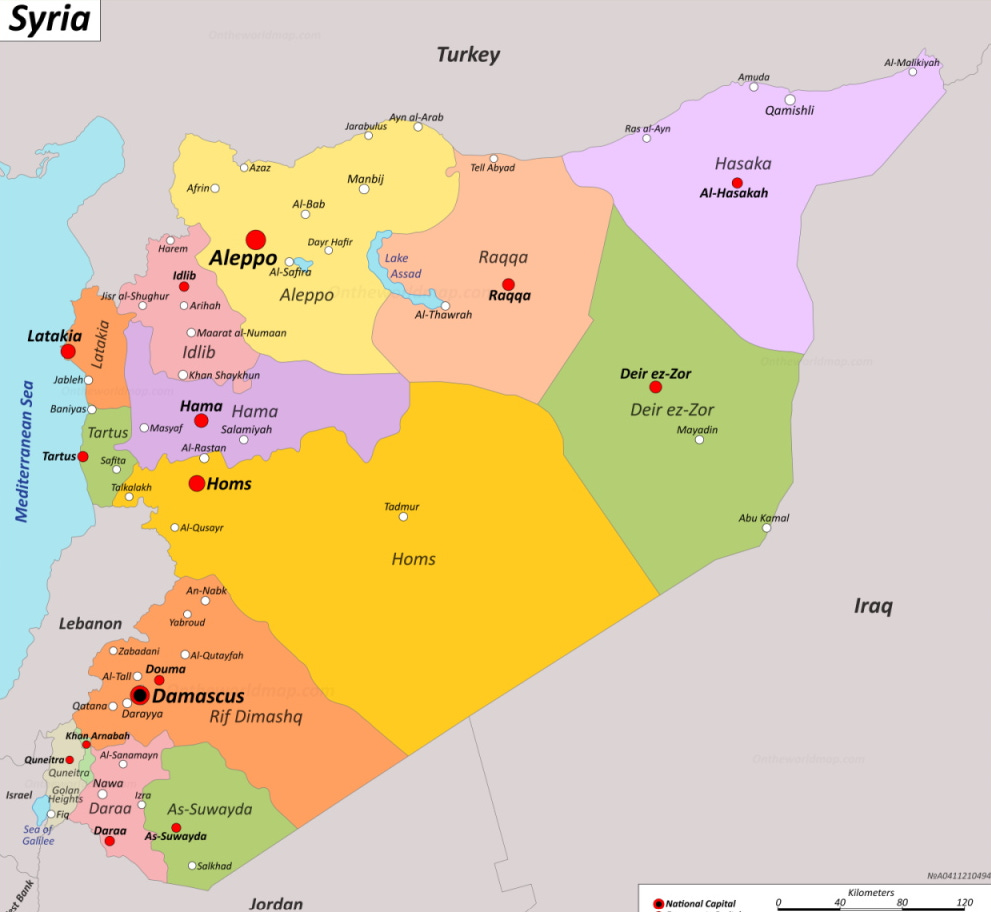
Masyaf is to the west of Homs and Hama in the purple section.
According to the Director of the National Hospital – Dr Faisal Haidar – in Masyaf (north-west of Homs City) there are fourteen martyrs and forty-three injuries including six in critical condition.
At approximately 1.50 am Syrian Air Defence detected Israeli fighter jets over the Mediterranean sea and responded with a barrage of surface-to-air missiles. At approximately 2.35 am, a second Israeli aggression targeted the central region of Syria, prompting further defensive responses from the Syrian Air Defences.
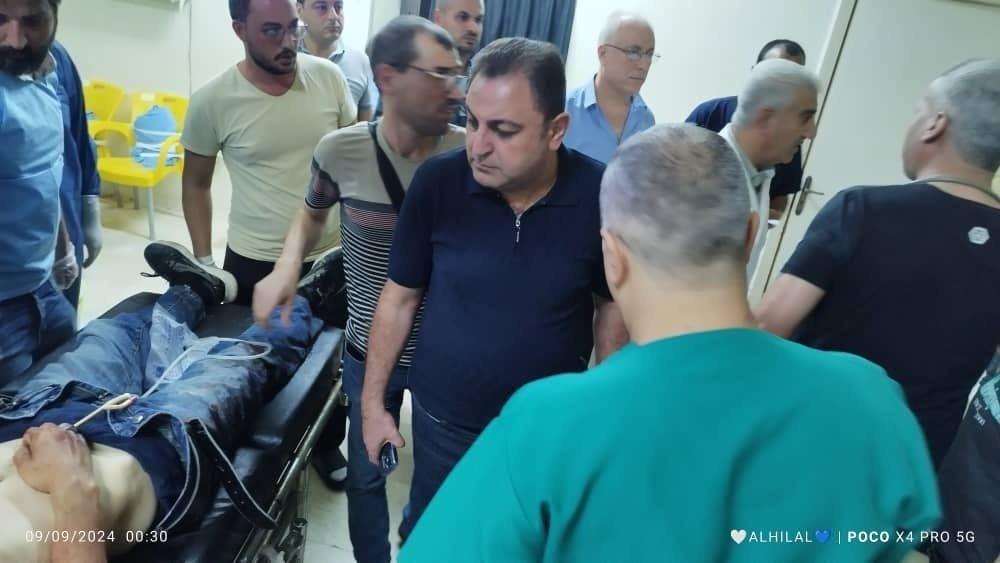
The second attack involved Israeli suicide drones. During this attack, Syrian Arab News Agency (SANA) photographer Azzam Al-Omar was injured and transported to the Masyaf National Hospital.
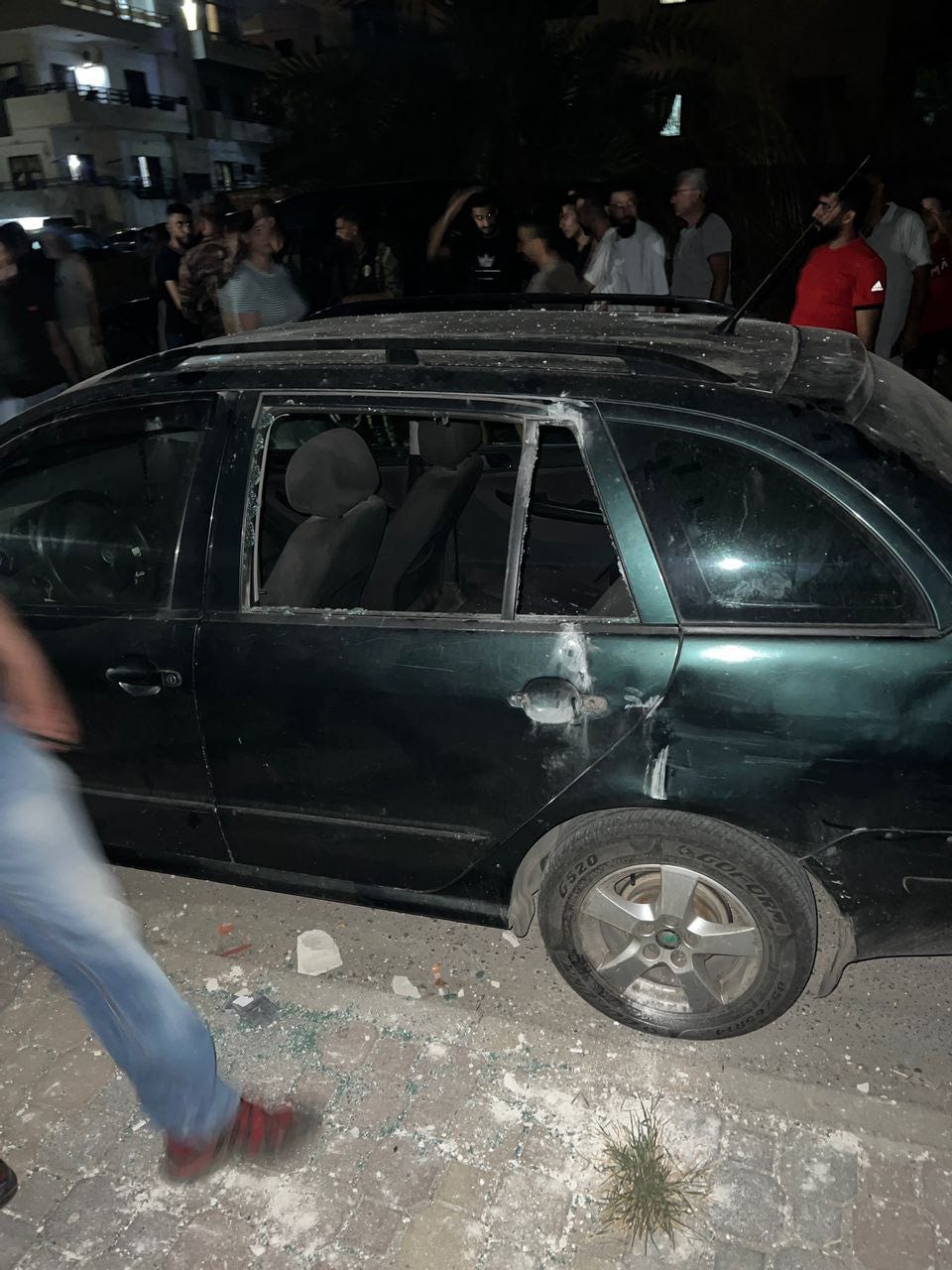
Targeted Sites and Consequences
Ibrahim Wahdi, Syrian journalist and military analyst with Press TV told me:
The primary target of the Israeli strikes was the Scientific Research Center in Masyaf, a facility that is responsible for military development, especially missile capabilities of all types. The attack triggered large fires across two mountainous areas, prompting the deployment of civil defense and firefighting units. Despite their efforts, the fires continued to rage into the night, causing further destruction.
In the first aggression, Israeli warplanes fired over 15 missiles in three coordinated waves, attacking from two different directions. One axis was from the Mediterranean Sea, passing over Idlib in northern Syria, a region with limited air defenses. [Idlib is the largest Al Qaeda haven since 9/11 -backed by Israel) The second axis was from northern Lebanon, where Syrian air defenses managed to neutralize and destroy the majority of the missiles.
Although Syrian air defenses initially thwarted the first wave of the attack, Israel responded by unleashing a “belt of fire” with an increased volume of missile launches. Unfortunately, some missiles managed to hit their targets.
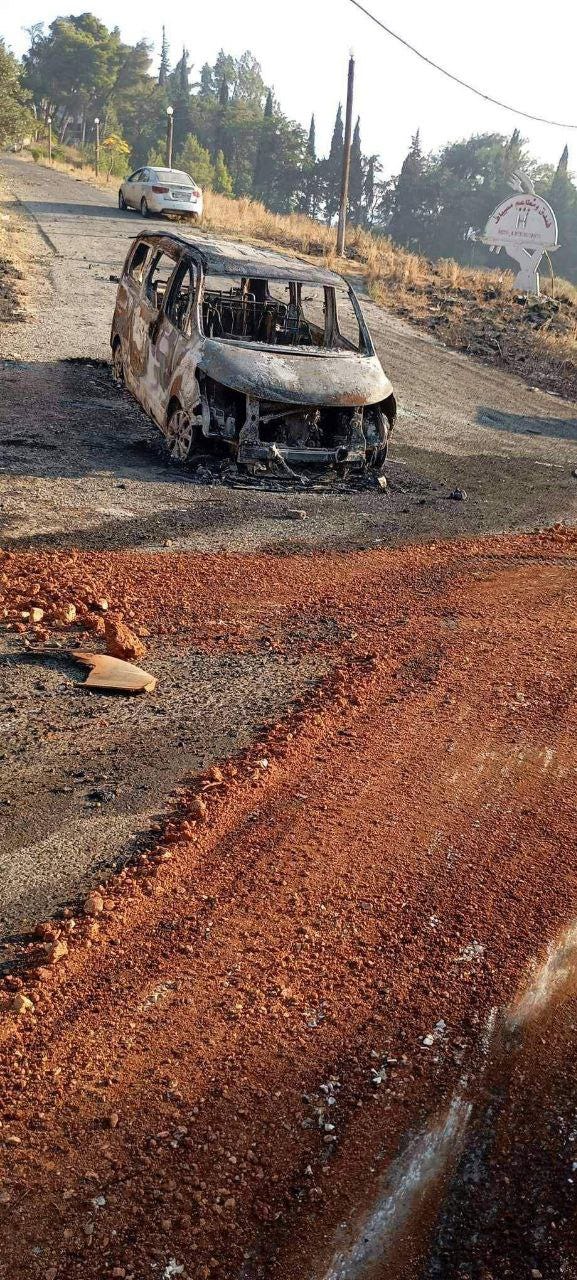
The road from Masyaf to Wadi Al-Eyun.
The strikes severely affected local essential infrastructure – closed the Masyaf to Wadi Al-Eyun road and caused extensive damage to underground water pipes, destroying a major water storage tank. Heavy machinery was deployed to urgently clear debris from the road.
It is not suprising that Israel is targeting water supply infrastructure in Syria having already waged war on water in Gaza and West Bank – Oxfam report ‘Water War Crimes’
This report establishes that the scale of the Israeli military operation in Gaza in response to Palestinian armed groups’ attack on Israel on 7 October 2023 has resulted in the widespread and disproportionate destruction of civilian infrastructure essential for the provision of basic lifesaving water and sanitation services. Additionally, the ‘total siege’ imposed by the Government of Israel on Gaza, including restrictions on the provision of piped water and electricity, fuel deliveries, and entry of water and sanitation supplies, materials, equipment, tools and spare parts, compounded by the destruction of key roads and infrastructure and widespread insecurity, has severely undermined and debilitated efforts to save lives.
Statements by Israeli officials, such as the announcement of a ‘total siege’ by Defence Minister Yoav Gallant on 9 October 2023, may be evidence of the Government of Israel’s use of water deprivation as a weapon of war. As noted above, experts who have reviewed the available evidence consider that the systematic attacks on water and sanitation infrastructure, including cutting off Mekorot water lines and destroying critical facilities, suggest a coordinated effort to cripple Gaza’s water supply. Additionally, the imposed restrictions and bureaucratic obstacles preventing the entry of essential humanitarian supplies, as well as the destruction of infrastructure necessary for the operation, repair, and maintenance of water systems, have exacerbated the humanitarian crisis.
Syrian Air Defence Response
Syrian Air Defence teams put on an impressive display of coordination and expertise in response to the Israeli assault – despite the systematic efforts by the Israeli regime to destroy Syria’s defence capability since 2011.
Syrian missiles were spotted over Haifa in the Palestinian Occupied Territories. This indicates the use of the S-200 missile defence system, capable of long-range interception. Additionally, falling debris was reported to have caused material damage in Al-Majd, a suburb of the Syrian coastal city of Tartous.
Ibrahim Wahdi:
The Syrian Air Defence Network demonstrated a professional collective performance under real war conditions. In the face of a premeditated Israeli attack on several key targets, the air defence forces responded with significant firepower, intercepting and downing the majority of incoming missiles.
Despite Israel’s best efforts to conduct a Suppression of Enemy Air Defences (SEAD) operation, designed to neutralise hostile air defences, the Syrian forces held their ground under extremely difficult and testing circumstances.
The Syrian Air Defence engaged Israeli warplanes and missiles in two successive waves and succeeded in maintaining their operational capability. They continued to intercept missiles throughout the night while maneuvering and switching locations during the onslaught to avoid attack.
I have been saying for some time that the Syrian Air Defence is probably one of the most experienced in the world today despite the equipment being old Soviet technology and despite facing some of the most sophisticated missiles supplied by the US alliance to Israel.
The Syrian Air Defenses confronted, with high proficiency, several waves of the most advanced Israeli bombs such as SPICE 1000 and GBU-39 using old tech Soviet air defenses. Ibrahim Wahdi
Drone Attacks and Israeli Strategy
As the crescendo to the aggression Israel deployed suicide drones, specifically high-precision ‘Harop’ drones to target the Syrian Air Defence batteries that had successfully countered the earlier waves of missiles. Syrian AD shot down 12 Israeli drones near Tartous, Banias and Jableh (on the coast) highlighting again the resilience of these AD teams despite their tech challenges.
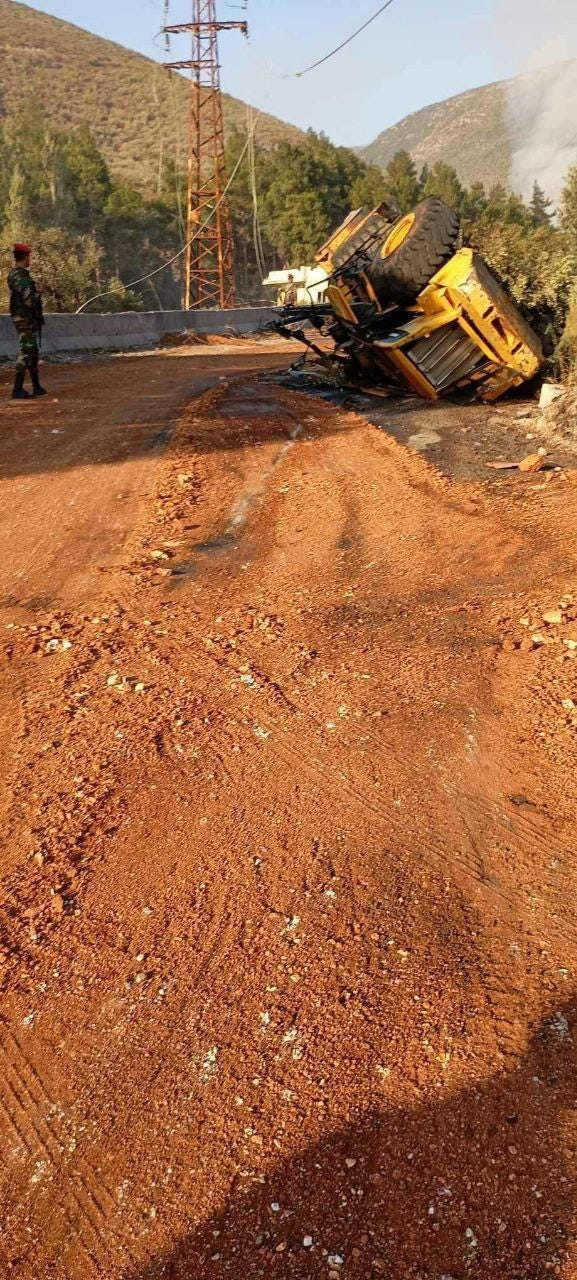
The Israeli drones did not only target Syrian military assets but also civilian infrastructure including a bulldozer that was attempting to clear a road in the burning forests (as a result of the attacks), an ambulance and a vehicle belonging to Hama’s Director of Technical Services – Engineer Hakam Al Sbahi – who was also injured in the attacks and taken to Masyaf National Hospital.
Attacks on Civil Defence, Ambulances and other public service workers is also not a novelty for the Zionist genocidal regime – attacks on these workers and equipment has been a signature of the genocide in Gaza and West Bank and the conflict in southern Lebanon.
Other Israeli strikes came perilously close to civilian areas. A missile landed near a religious shrine in the village of Samaka, causing minor damage and injuring a shrine official.
Russian and French Involvement
Russian warplanes were seen conducting air patrols off the Syrian coast, serving as a deterrent to Israeli fighter jets. However, during the Israeli raids, Russian aircraft refrained from active engagement due to the heavy Syrian air defense operations, which rendered the airspace hazardous for the Russian planes.
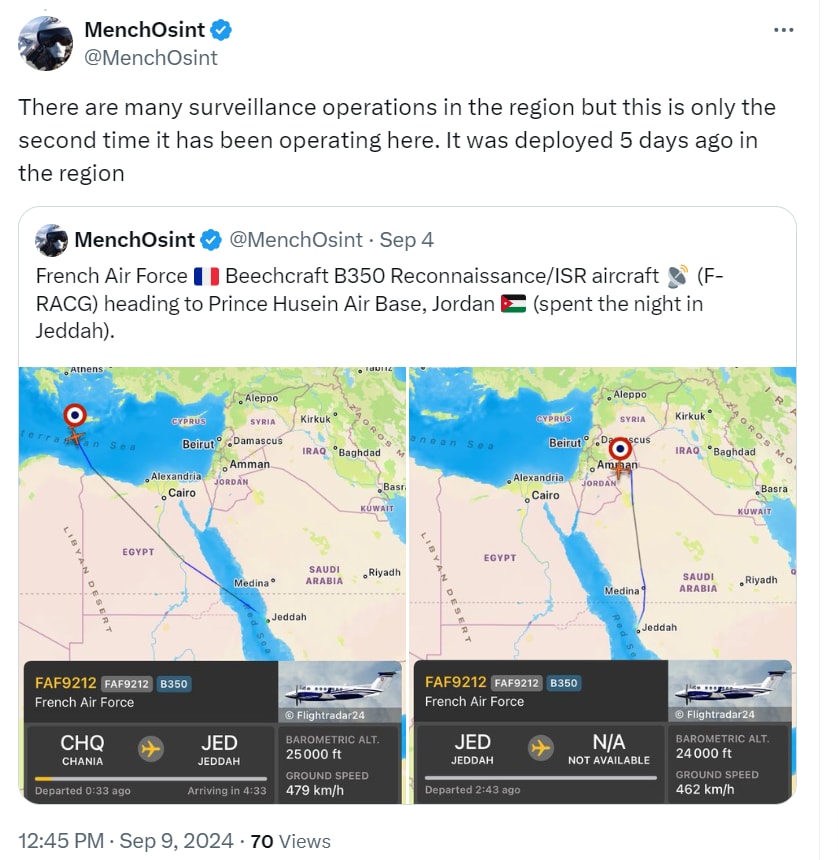
A French Air Force spy plane specializing in electronic warfare was also reported to be conducting reconnaissance over southern Syria from inside Jordanian airspace, further complicating the geopolitical dynamics in the region.
Military and Political Analysis
This strike represents one of the largest and most comprehensive Israeli attacks on Syria in recent years. Israel’s strategy was multifaceted, combining conventional airstrikes with advanced drone warfare to attempt to overwhelm Syrian Air Defences and to target both military and civilian infrastructure in a show of force.
Ibrahim Wahdi:
The decision to attack the Masyaf Scientific Research Center highlights Israel’s ongoing focus on preventing Syria from developing military capabilities, especially those related to missile technology, knowing that Syria has been the lifeline for the Resistance in Lebanon and the West Bank. In January 2023 the Jordanian authorities seized weapons from Syria and Iran, including RPG-22 anti-tank launchers, RPO launchers and 107mm rockets, that were on their way to the West Bank.
Syria’s Air Defence Forces, despite being under continuous pressure, showcased a high level of coordination and resilience. The effective use of long-range S-200 missiles and seamless integration between radar battalions, air defence batteries, and electronic warfare units contributed to Syria’s ability to fend off multiple waves of attacks.
The fact that Syrian missiles reached the skies over Haifa underscores the depth of Syria’s air defence capabilities, even though they face significant limitations. That is why Israel consider the Syrian Scientific Research Facilities to be a significant threat. The development work by Syrian engineers and scientists has not ceased despite the 13 year war waged against the country by US-led external forces and their terrorist proxies.
A reminder of Israel’s fear of Syrian military development – a report published by Tel-Aviv think thank – The Institute for National Security Studies at Tel Aviv University. The report (in Hebrew) is titled ‘Strengthening the Syrian Army – a threat to Israel.
The INSS describes its mission on its English website:
The Institute for National Security Studies launches and engages in innovative, relevant, high-quality research that shapes the public discourse of issues on Israel’s national security agenda, and provides policy analysis and recommendations to decision makers, public leaders, and the strategic community, both in Israel and abroad. As part of its mission, it is committed to encourage new ways of thinking and expand the traditional contours of establishment analysis. (Emphasis added)
The report begins:
After more than a decade of the Syrian Army being busy with the ‘civil war’, it is now increasingly turning its attention towards the old enemy – Israel – and is working to regain its power lost during the bloody war. How does the army – strengthen on the conventional and unconventional plane – and what should Israel do?
In the past year the Syrian Army which was severely damaged during the “civil war” has been undergoing accelerated rehabilitation, in parallel with the country’s civilian reconstruction, and necessarily at its expense. Although the Syrian army faces many challenges and is still far from being a threat to Israel, this article examines its intensification efforts, which already present a potential for a strategic threat that must be recognized: In the conventional plane – missile capabilities, as UAVs and air defense; and in the unconventional plane – chemical weapons attack capability; and nuclear capabilities may be developed.
Finally, the article will be summarized in recommendations to Israel in view of these threats, mainly defining red lines for Syrian intensification, Incorporating the campaign activity war between the wars
You can watch my discussion of this report with Syrian journalist Kevork Almassian here.
Ibrahim Wahdi on Israel’s use of drones:
Israel’s use of suicide drones to neutralize Syrian air defence positions marks a dangerous escalation. These drones, often equipped with precision-guided munitions, present a significant challenge to Syrian forces, who must now contend with both missile strikes and unmanned aerial assaults. However, the Syrian military’s ability to shoot down 12 drones indicates a progressive proficiency in counter-drone operations.
Moving forward, it seems probable that Israel will continue with intermittent attacks on the Syrian Air Defence systems, forcing Syria to constantly shift and adapt its defence positions.
The ongoing Russian military presence in the region provides Syria with a strategic advantage although Russia has, to date, restricted involvement to weapons supply, training and surveillance rather than direct military intervention against Israeli forces which has potential to ignite an expanded regional war – something that Israel is trying to provoke and the Resistance alliance is trying to restrict and manage.
The Russian involvement does however have a shielding role which prevents the neutralisation of Syrian defence capability and strategic assets while Russia collaborates on systems development and training of the Syrian armed forces.
Ibrahim Wahdi:
This escalation signals that the conflict in Syria remains a focal point, as the geographical and geopolitical spine of the Resistance Axis, for broader competing interests in the Middle East. The future of the conflict will depend on how each side adapts to the evolving military and political landscape, but for now, the skies over Syria remain a contested battleground.
https://beeley.substack.com/p/israel-launches-expanded-strikes
 TheAltWorld
TheAltWorld 
0 thoughts on “Israel launches expanded strikes in Syria targeting military and civilian infrastructure”